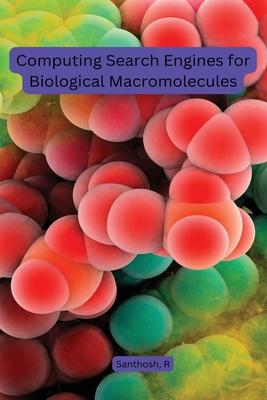Computing search engines for biological macromolecules play a pivotal role in advancing biomedical research and drug discovery. These sophisticated tools harness the power of computational algorithms to navigate vast databases containing genetic, protein, and structural information. By integrating diverse data sources, these search engines enable researchers to swiftly retrieve relevant information about nucleic acids, proteins, and other macromolecules, facilitating a deeper understanding of their functions and interactions. Leveraging techniques such as sequence alignment, structural bioinformatics, and machine learning, these search engines not only aid in the identification of homologous sequences but also contribute to the prediction of three-dimensional structures and the exploration of potential binding sites. The integration of cutting-edge technologies, such as artificial intelligence and deep learning, further enhances the accuracy and efficiency of these tools, revolutionizing the pace at which biological insights are gained. As biological research continues to generate an exponential amount of data, the development and refinement of computing search engines for biological macromolecules are indispensable for unlocking the mysteries of life at the molecular level and driving innovations in fields like personalized medicine and targeted therapeutics.

Computing Search Engines for Biological Macromolecules
Computing search engines for biological macromolecules play a pivotal role in advancing biomedical research and drug discovery. These sophisticated tools harness the power of computational algorithms to navigate vast databases containing genetic, protein, and structural information. By integrating diverse data sources, these search engines enable researchers to swiftly retrieve relevant information about nucleic acids, proteins, and other macromolecules, facilitating a deeper understanding of their functions and interactions. Leveraging techniques such as sequence alignment, structural bioinformatics, and machine learning, these search engines not only aid in the identification of homologous sequences but also contribute to the prediction of three-dimensional structures and the exploration of potential binding sites. The integration of cutting-edge technologies, such as artificial intelligence and deep learning, further enhances the accuracy and efficiency of these tools, revolutionizing the pace at which biological insights are gained. As biological research continues to generate an exponential amount of data, the development and refinement of computing search engines for biological macromolecules are indispensable for unlocking the mysteries of life at the molecular level and driving innovations in fields like personalized medicine and targeted therapeutics.